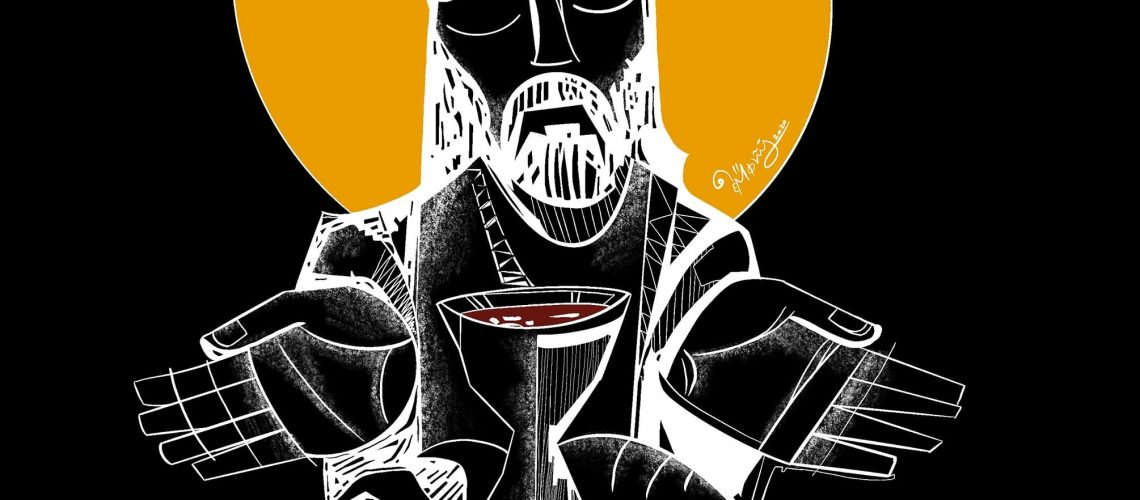The Mustein’s theory is a psychological theory that explains mate-selection process over three stages: (1) one selects a partner based on external characteristics, (2) one makes judgement about a partner based on similar values and interests and (3) finally the stage of working out future together. These three stages are analogous to three stages that can describe how humans relate to God in Eastern Christian thought. The three stages are the human beings’ vision of God, knowledge of God and unity with God. Undoubtedly, these stages overlap but I arranged them in this order only for organization purposes.
The Genesis narrative tells us that there was communication between God, Adam and Eve. For example, God commands Adam to name the animals which is an implicit act of co-creating. God creates animals out of nothing while Adam creates an identity out of the divine rationality within him for each animal. In God’s creation of humans as His image, it was necessary that they be free. Freedom is not exercised apart from choice and the choice we were given was between the tree of Life and the tree of knowledge, of which Adam and Eve were commanded not to eat. These commandments together with Adam and Eve’s familiarity with the sound of God walking in the garden suggests that they – as the author portrays them – are aware of the divine presence and what it entails.
In Christian theology, God “is Truth” and “truth is a single whole, while falsehood is a splintered complex” (Gregory the Theologian, Oration 30). In other words, God is simple. Those who see God are said to be of a pure heart and a simple eye or simple vision. A simple vision is a vision fully directed toward God, not mingled with other distractions. A simple eye is that which gathers all its energies toward vision of God who is simple in nature. Theologians are unanimous in seeing humanity as simple in this very sense before the fall. In fact, the fall is initiated through a distracted vision: “So when the woman saw that the tree was good for food, that it was pleasant to the eyes, and a tree desirable to make one wise, she took of its fruit and ate” (Genesis 3:6).
The eyes, that once beheld God, are now looking toward materialism. Upon realization of the fall, Adam and Eve do not turn back to God but rather “[t]heir eyes were opened, and they knew that they were naked” (Genesis 3:7). Materialism almost always turns into egoism. And the antidote to egoism is to look at and into others with the goal of helping them. The Word was fully aware of our inability to turn our gaze back upon God as we once were. Thus the Word showed us how to return our eyes toward God through His coming to humanity in fleshly and visible form.
After the Resurrection, Christ was seen but not recognized by two disciples on the road to Emmaus. Even after Christ spoke to them for a while, they did not know Him. They only knew Him in the broken bread of the Eucharist. When He broke the bread, He disappeared as He became the bread in a mystical way. When He appeared mystically in the bread, they recognized Him: “Their eyes were opened, and they knew Him” (Luke 24:31).
Then they ate the bread, the mystical, yet real, form of Christ’s presence. They do not just see Him or recognize Him, they eat Him in the bread. And you are called to become what, or rather who, you eat. Therefore, it is our duty to mimic the humility of the One we eat. The healing of our vision lies in seeing the manifestation of the Word Incarnate in the cheapest of foods, bread. If this is not the greatest lesson in humility, I do not know what is.
*Artwork by Artist Moneca Abd Elmesseh

